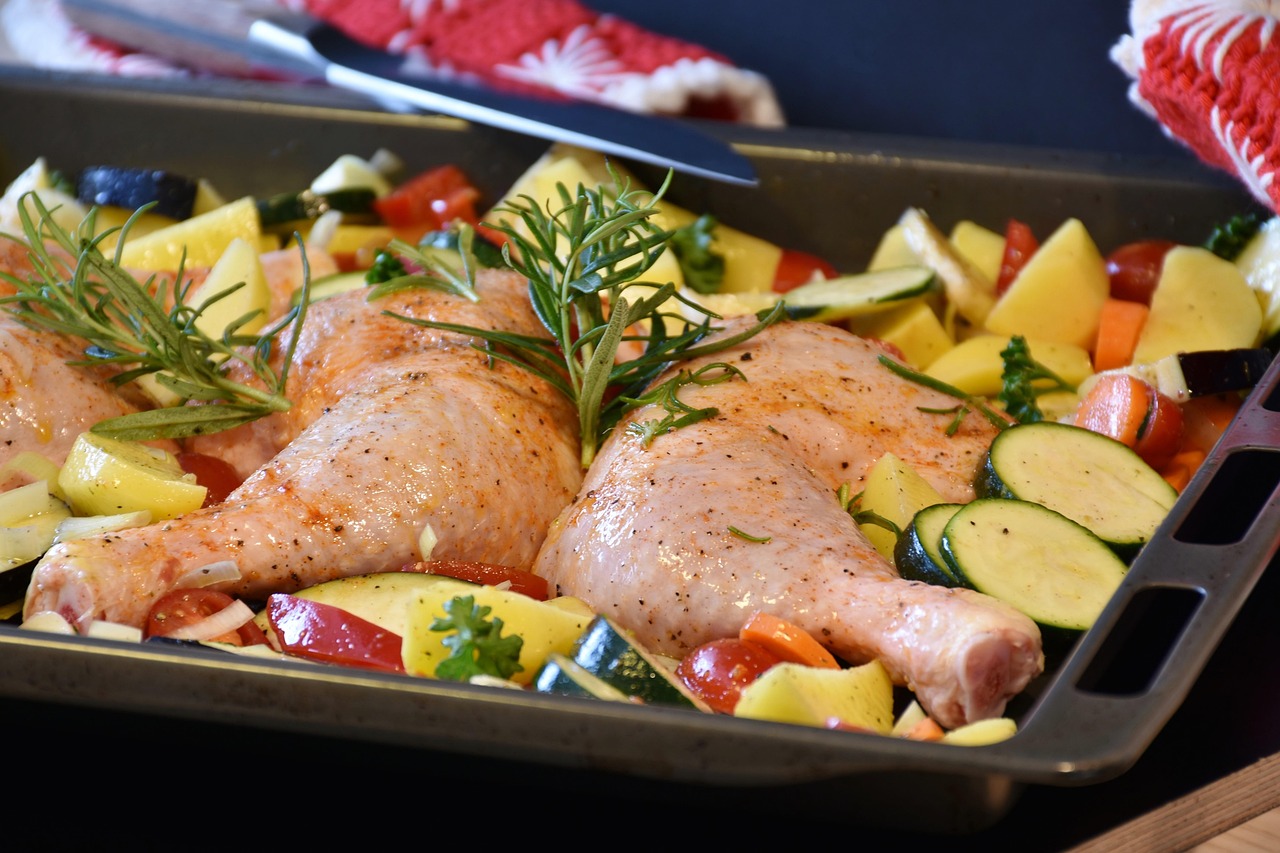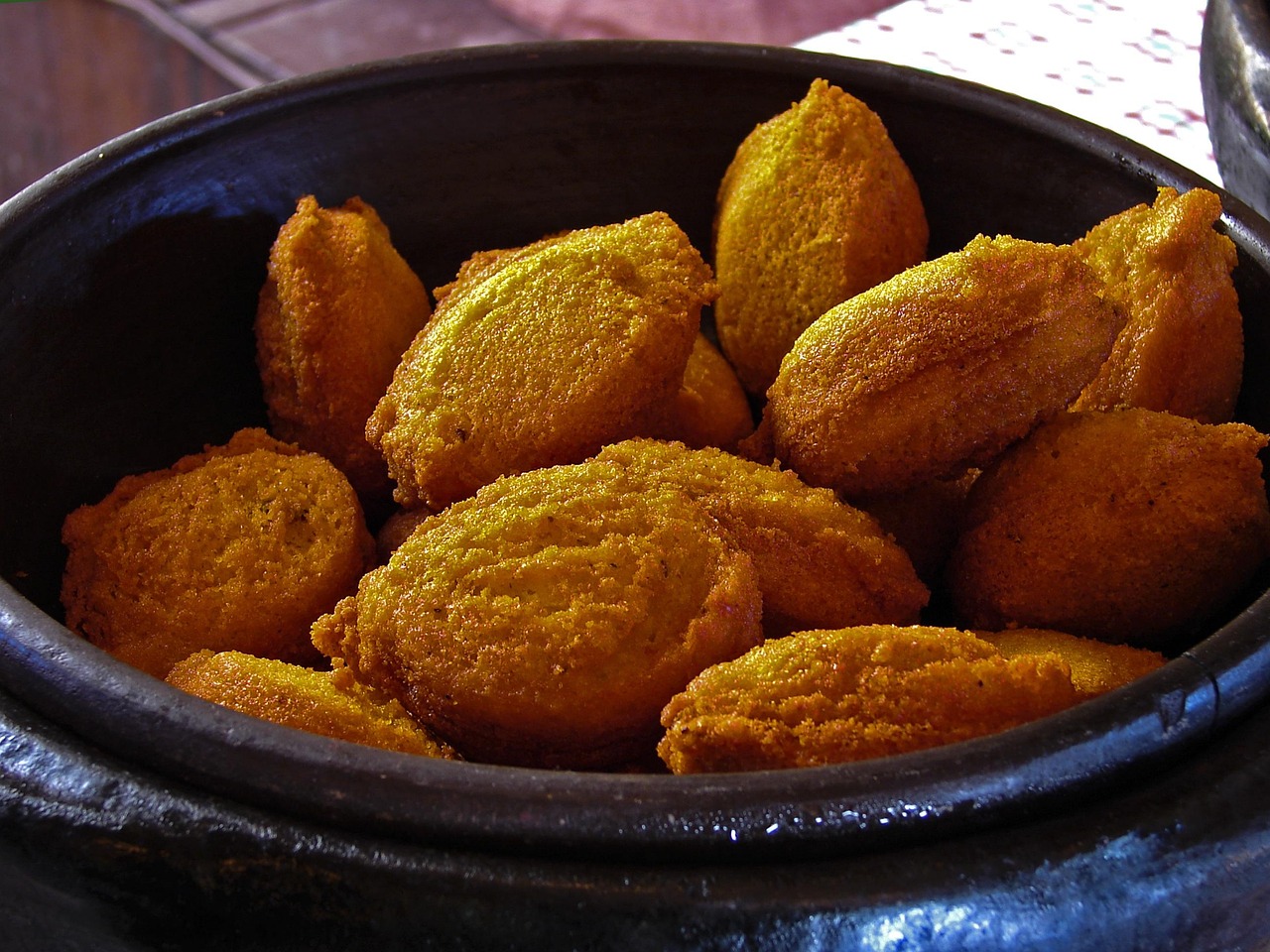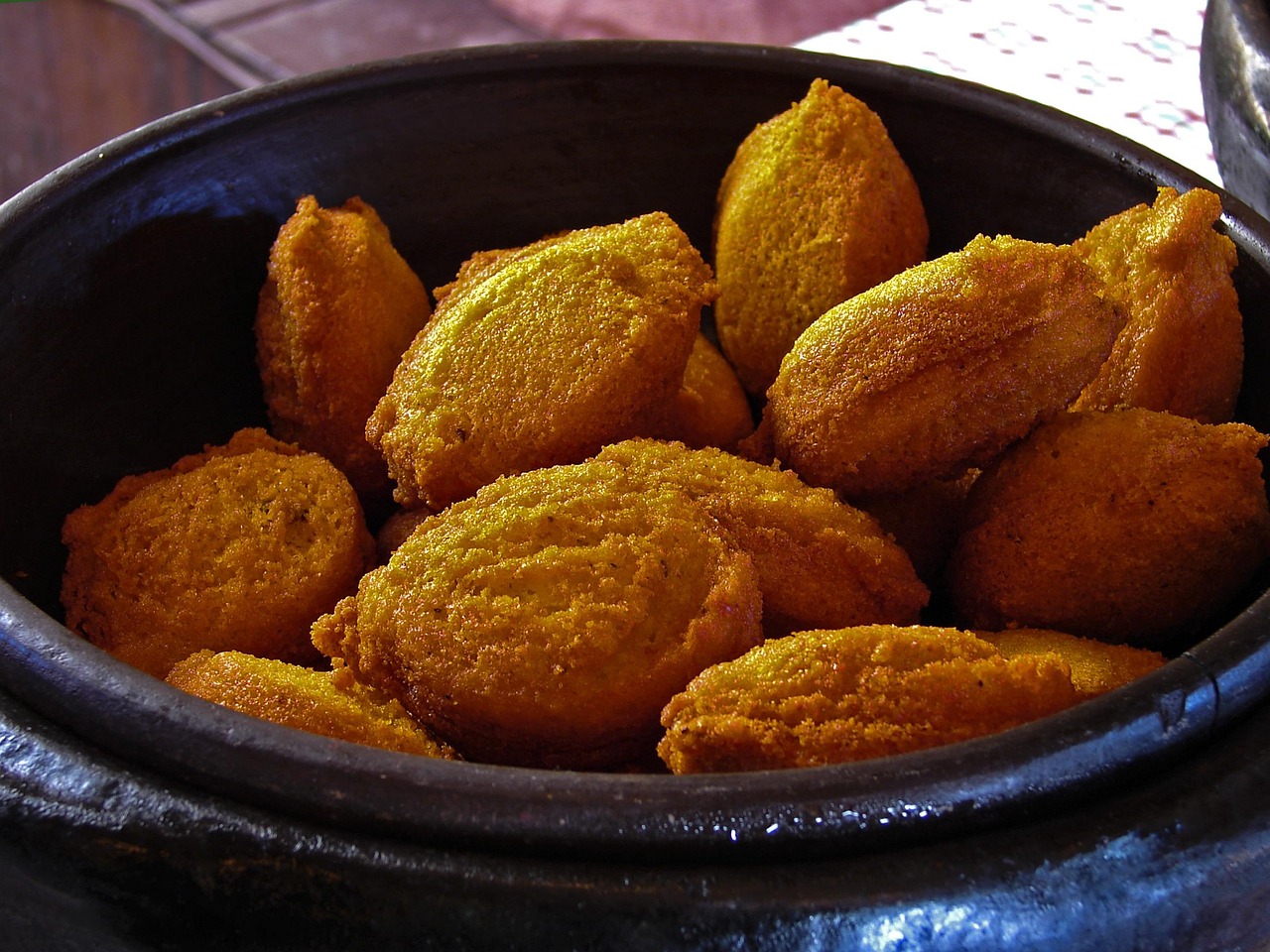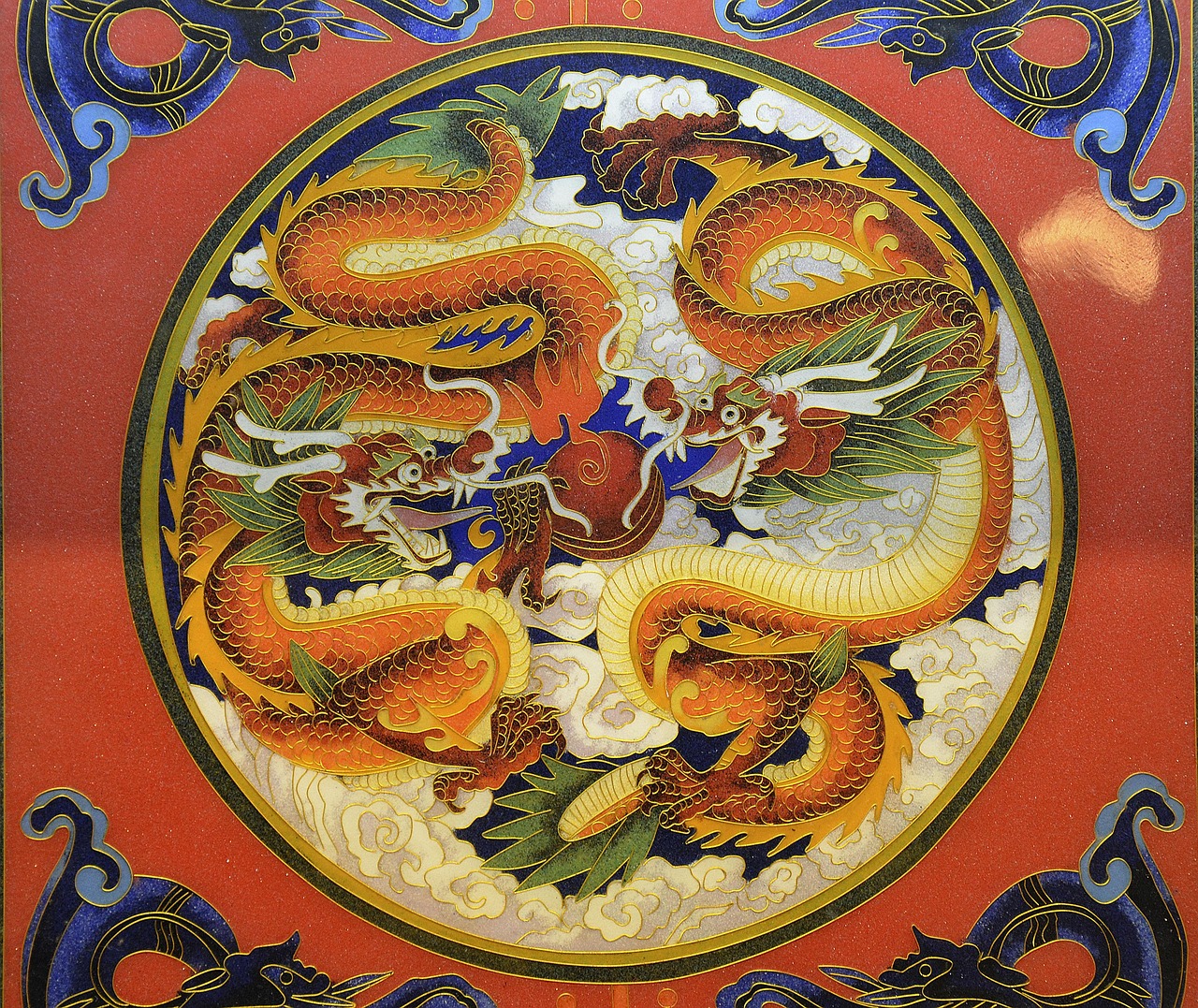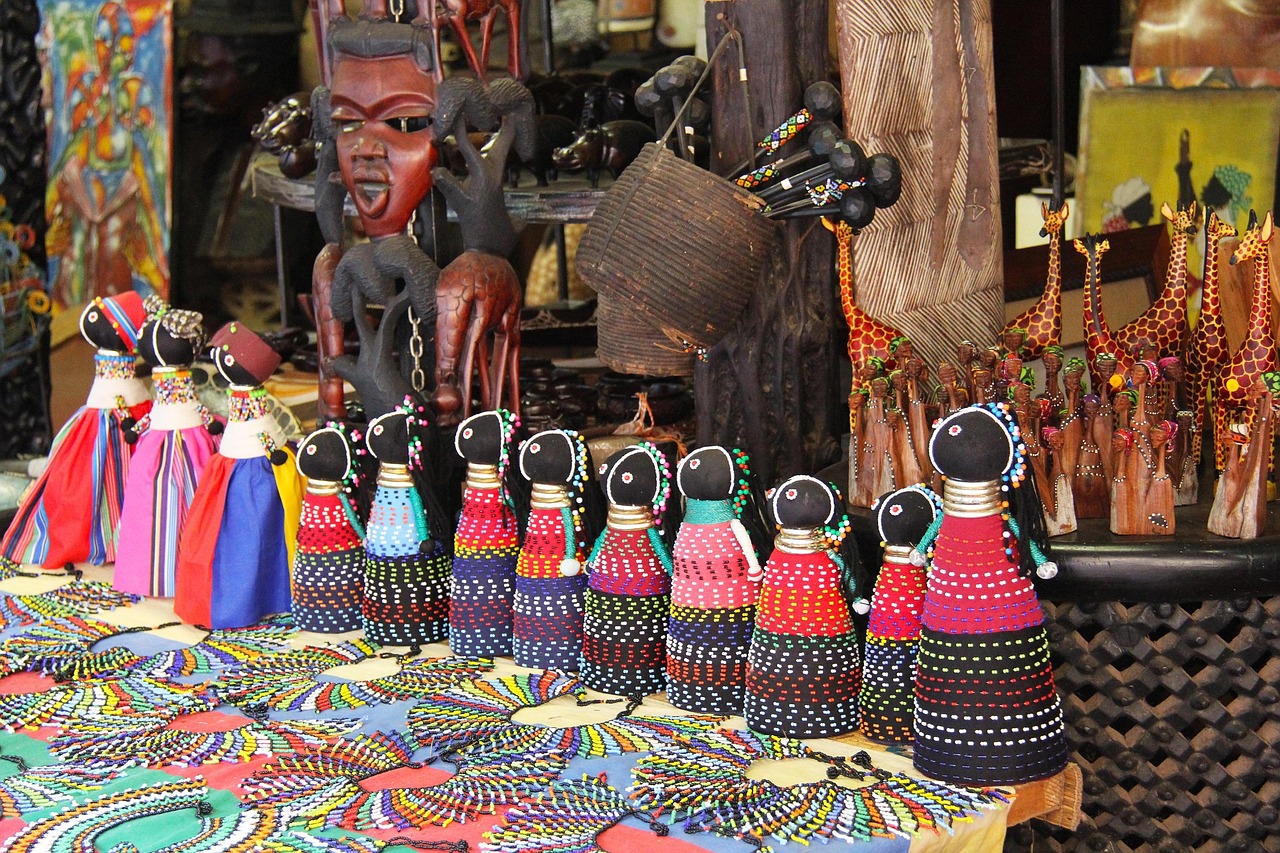Exploring the Rich Tapestry of Chinese Culinary Culture:A Journey Through Flavors and Traditions
Introduction
Chinese cuisine, with its diverse flavors and rich history, is a culinary adventure that has captivated the world. From the bustling streets of Beijing to the serene landscapes of Sichuan, each region of China boasts a unique gastronomic identity that reflects its geography, history, and cultural heritage. This article delves into the intricacies of Chinese food culture, exploring its regional variations, historical influences, and the art of cooking that has been passed down through generations.
The Eight Culinary Traditions
China's vast size and varied terrain have given rise to eight distinct culinary traditions, each with its own set of flavors, ingredients, and cooking techniques. These are known as the Eight Great Cuisines: Anhui, Cantonese (Yue), Fujian, Hunan, Jiangsu, Shandong, Sichuan, and Zhejiang. Each cuisine is a testament to the regional diversity and the ingenuity of Chinese chefs.
-
Anhui Cuisine: Known for its light flavors and use of wild herbs, Anhui cuisine is often considered a health-conscious option. Dishes like Braised Eel in Brown Sauce and Stinky Tofu are signature dishes that showcase Anhui's unique approach to food.
-
Cantonese Cuisine: Perhaps the most internationally recognized, Cantonese cuisine is famous for its emphasis on freshness and the use of a wide array of ingredients. Dim sum, a variety of small, bite-sized dishes, is a Cantonese culinary tradition that has gained global popularity.
-
Fujian Cuisine: With a focus on seafood and a light, sweet taste, Fujian cuisine is known for its delicate flavors. Dishes like Buddha Jumps Over the Wall, a luxurious soup with a variety of seafood and meat, are a culinary delight.

-
Hunan Cuisine: Spicy and bold, Hunan cuisine is not for the faint-hearted. The use of chili peppers and garlic is prevalent, making dishes like Double-Cooked Fish and Spicy Chicken with Pickled Cabbage a fiery experience.
-
Jiangsu Cuisine: Known for its sweet and sour flavors, Jiangsu cuisine is often described as elegant and refined. Dishes such as Sweet and Sour Mandarin Fish and Yangzhou Fried Rice are examples of the region's culinary finesse.
-
Shandong Cuisine: As one of the oldest culinary traditions, Shandong cuisine is known for its hearty dishes and use of seafood. Peking Duck, which originated in Shandong, is a world-renowned dish that has become synonymous with Chinese cuisine.
-
Sichuan Cuisine: Famous for its numbing spiciness, Sichuan cuisine is a favorite for those who enjoy a kick in their food. Dishes like Mapo Tofu and Kung Pao Chicken are staples that showcase the region's love for Sichuan peppercorns and chili oil.
-
Zhejiang Cuisine: With a focus on freshness and a light touch, Zhejiang cuisine is known for its seafood and vegetarian dishes. West Lake Fish in Vinegar Gravy and Dongpo Pork are examples of the region's culinary elegance.
Historical Influences
Chinese cuisine has been shaped by its long history, with influences from various dynasties and cultural exchanges. The use of ingredients like soy sauce, rice wine, and fermented bean paste can be traced back to ancient times. The Silk Road, which connected China with the rest of the world, introduced new ingredients and cooking techniques, further enriching Chinese culinary culture.
The Art of Cooking
Chinese cooking is an art form that requires precision, patience, and a deep understanding of flavors. Techniques such as stir-frying, steaming, and braising are used to bring out the best in each ingredient. The balance of flavors—sweet, sour, salty, bitter, and umami—is a hallmark of Chinese cuisine, and chefs spend years mastering these combinations.
Culinary Festivals and Celebrations
Food plays a central role in Chinese festivals and celebrations. The Chinese New Year, or Spring Festival, is a time when families gather to share a feast that includes dishes like dumplings, symbolizing wealth and prosperity. The Mid-Autumn Festival is another occasion where mooncakes, a rich pastry filled with sweet or savory fillings, are enjoyed.
Conclusion
Chinese cuisine is a tapestry of flavors, techniques, and traditions that have evolved over thousands of years. Each region offers a unique culinary experience, and the art of Chinese cooking is a testament to the country's rich cultural heritage. As the world continues to discover and appreciate Chinese food, the culinary traditions of China will undoubtedly continue to flourish and inspire.

